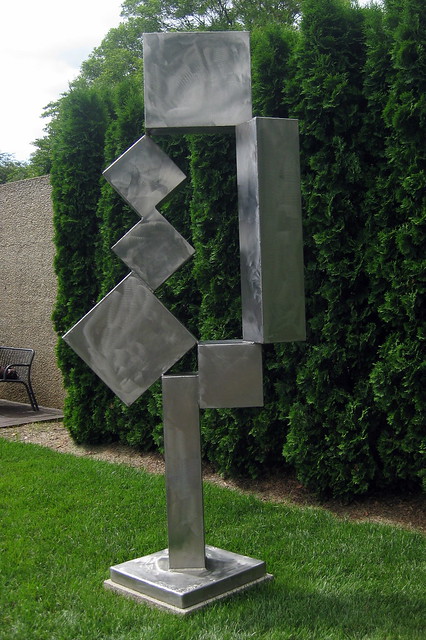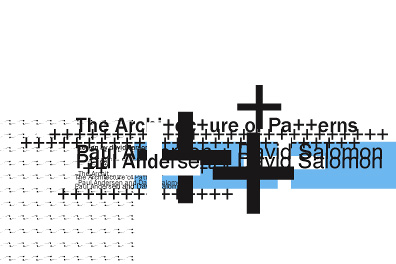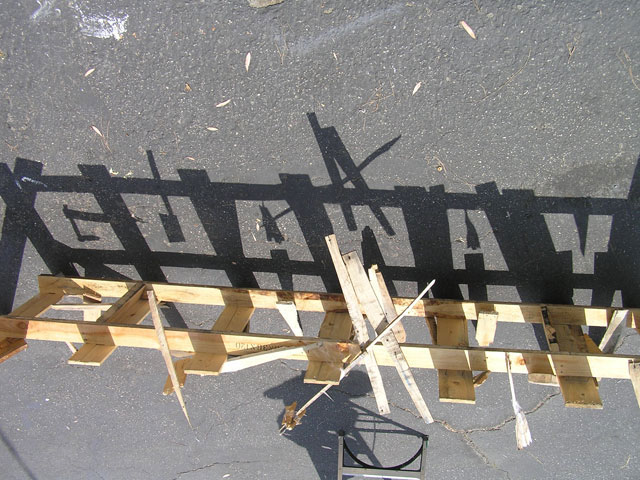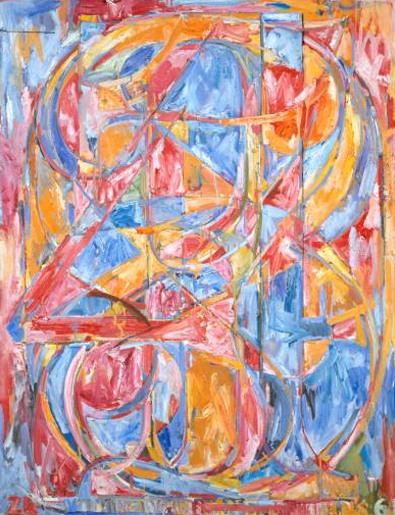BTEC Extended Diploma 1st
YEAR PROJECT BRIEF
PROJECT: ‘Alphasemble’,
Specialist: 3
Dimensional Design/Sculpture
Project Outline:
This
project presents an opportunity to further develop your drawing, printing and
mark-making skills, to come to a better understanding of colour and composition
and to work in both controlled and expressive ways. It also offers the opportunity to manipulate materials in
the process of exploring 3 dimensional forms.
This
project is divided into two sections. The first requires you to work in your
sketchbooks to explore 2-dimensional space, form & line, layered shapes,
mark-making, surface quality, colour, composition & layout and to develop
an awareness of good design and composition using letterforms and different
typefaces as a starting point
The
second requires you to interpret your 2 dimensional designs/ images into 3
dimensional forms using abstraction and to explore the language, techniques and
materials of 3 -dimensional design (3DD) and sculpture.
In
both sections you will study various artists in order to enhance your working
practice and place the project into a relevant historical context.
Materials, equipment &
resources
Pencil,
fine-liner, biro, paint, pastel, collage, photo-shop, photocopy, acetate,
food-dye, ink, bleach, spray paint, relief printing.
Card,
paper, wire, glue guns etc.
Artist
Research: Jasper Johns, Frank Stella, David Carson, Michael Kenny, Michael
Craig Martin, Frank Gehry, Naum Gabo, Lazlo Maholy-Nagy, Philip King, Richard
Deacon, Eduardo Chillida, David Smith, Santiago Calatrava.
PART 1:
Week 1
- Start by choosing 5
or more different letters from your name. Begin to research into a variety
of different type-faces and collect examples of these: Use websites,
magazines, newspapers, computer fonts etc.
- Using
pencil/fine-liner/biro or pen & ink, experiment with the letterforms
as compositional elements to produce several different
designs/images. Start by
using the letter outline only and create several overlay examples (see
Jasper Johns numbers).
- Get out and see
where you can see or create letterforms in the environment, record your
discoveries through photography.
- Next explore more
ideas based on your selected typeface/letters by considering the
following: changes of scale, symmetry & non symmetry, positive and
negative shapes and close cropping so that only part of the letter form is
visible.
- Now start to play
with some of this imagery by working into the negative and positive shapes
with different types of mark making to create lively and interesting
surface effects and a sense of depth and perspective. Your surfaces could
be very expressive with an emphasis on fine art painting/ collage mark
making etc or they could be more graphic. Look at repetition and pattern, or combine both. An
illusion of space can be created by considering the scale, weight and density
of marks, and their relationship to areas of solid and void.
- Produce research
into Jasper Johns and either Michael Kenny or David Carson. Your research
should be presented carefully over several sketchbook pages, find images
of the Artists work and analyse these alongside providing background
information and visual responses for each Artist selected.
Week 2
·
Select the strongest of your drawings and start to introduce colour.
You may work on the whole design or take a section and enlarge it. Explore the use of the following colour
mediums: paint, oil pastel, food dye & bleach and mixed media collage. You
will be shown any new techniques as you progress.
·
Explore your compositions by devoting some time to cutting and printing
a detailed gold-card relief print.
·
Now take the development further: photocopy some of your images onto
paper and acetate; play with scale, inversion etc. Look at cutting away,
layering and overlay to create collages. Scan some of your images into the
computer and manipulate further using PhotoShop.
Part 2: Week 3
·
Select two or three of your strongest ideas/ designs. Start by
identifying some of the formal elements of your images - i.e. both positive
& negative shapes that represent the whole or parts of the letter forms you
have been looking at.
·
Look at the work of Frank Stella and one other sculptor from David
Smith, Eduardo Chillida, Naum Gabo and Richard Deacon produce research that
analyses specific works by these sculptors and includes your own visual
responses to their work.
·
Having looked at the work of Frank Stella use strong shapes from your
drawings/designs cut-out, raise and interlock shapes to produce a ‘relief’
version of your image.
·
Begin exploring how to interpret these 2D images into 3D forms using
twisted, torn and scored paper combining these with cardboard. You will also be
expected to introduce colour and surface into your maquettes. As you progress
you will probably need to sketch out some of your ideas in your sketchbook to
help resolve ideas and problems.
·
You will need to carefully consider negative as well as positive
space. By the end of this week you
should have at least one successfully resolved relief piece as well as 3D
experiments that will help you to move onto the production of a final
sculptural piece.
·
Take some dynamic photos of your maquettes using strong light and
interesting viewpoints and angles. Include close up details as well as views of
the entire piece.
Week 4
·
You are now expected to produce a final, well finished 3 dimensional
piece that will demonstrate a refined application of the materials and
techniques that you have experimented with in the previous week. You will need
to pay special attention to scale, surface (colour and texture) and ensure that
your final piece works well from all angles. This sculpture should be no larger
than 40cm in any direction.
·
Ensure you obtain good photographs of your final piece and include
these in your sketchbook. When taking these photos you should use a plain clean
background and again consider lighting, viewpoint, details etc.
·
Complete a word-processed project evaluation (further guidance on this
will be issued)
Minimum submission
requirements:
·
1 x sketchbook packed with ideas, drawings, experimentation and that
shows the development of your ideas.
·
Also in sketchbook: research into letterforms type-faces etc, relevant
artist/sculptors etc. A series of photos of your maquettes and final 3D
outcome.
·
Relief sculptural piece, plus any additional 3D experiments.
·
A final sculptural piece.
·
A word-processed evaluation.














